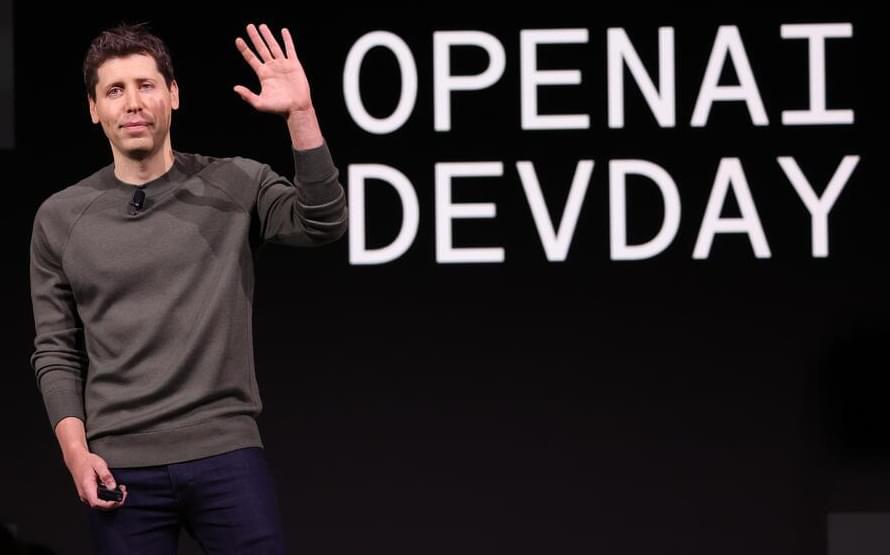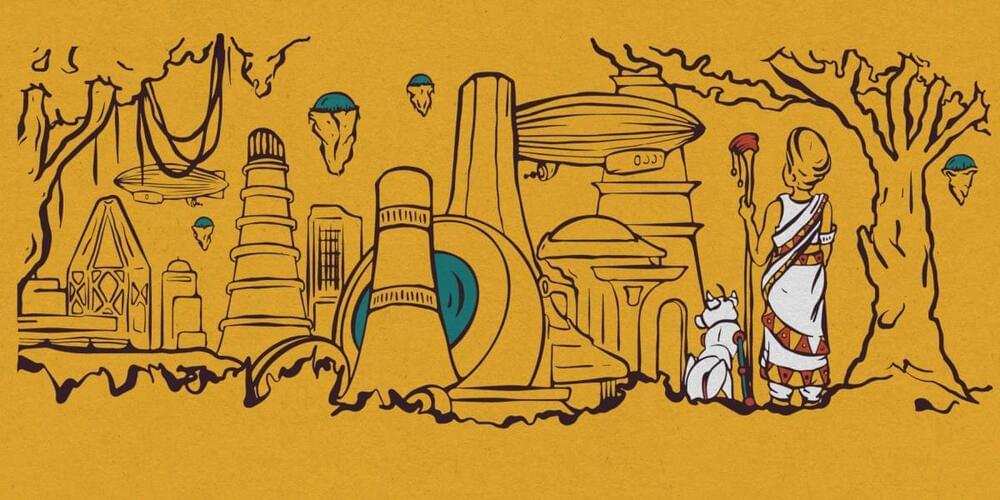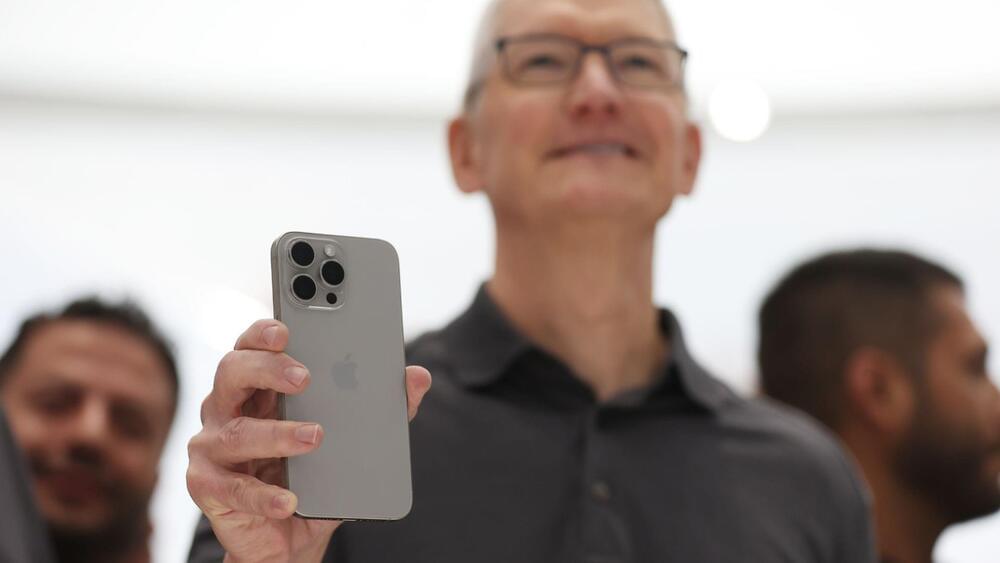A recent video that went viral on social media showed off the entirety of the truck’s interior for the first time, suggesting the cabin of the Cybertruck will be more cramped than one might expect from a full-sized pickup.
Oddly, it’s now starting to sound like the same could go for the truck’s bed. One image circulating online shows that not even a single mountain bike can fully fit inside the bed.
And a separate image uploaded to the Cybertruck subreddit shows most of a Christmas tree awkwardly protruding from the back of the truck, suggesting it’s not exactly going to compete with other pickup trucks when it comes to utility alone.








